|

"Hints to School Masters" article from the Greenfield Gazette and Franklin Herald newspaper
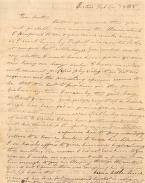
Letter to Aaron Fuller from brother John Emery regarding religious revival

Excerpt "On the Condition of Women in the United States" article from The Liberator newspaper

"American Slavery" article from the Gazette and Mercury newspaper
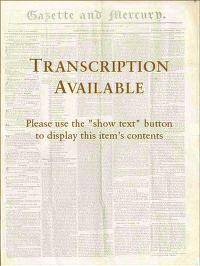
"Temperance in Schools" article from Gazette and Mercury newspaper
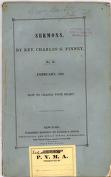
"Sermons, No. II- How To Change Your Heart"
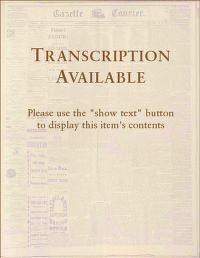
"Temperance and Abolition Celebration at North Leverett" article from the Gazette and Courier newspaper
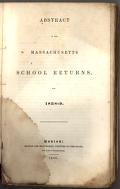
"Abstract of the Massachusetts School Returns for 1838-9"
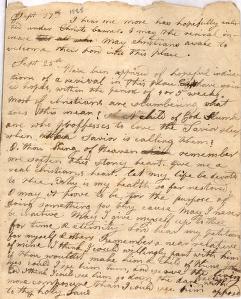
Two pages from diary of Sophronia Grout on Religious Revival
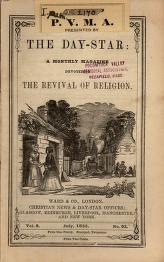
"The Day-Star: A Monthly Magazine devoted The Revival of Religion"

"Mr. Editor" article for the Gazette and Courier newspaper on the doings of the Sabbath school in South Deerfield for July 4th

"Tribute to American Ladies" article from the Greenfield Gazette and Franklin Herald newspaper
|
Summary and Objective
Students will understand that the religious revivals of the early-to-mid 1800s affected social reform in America, influencing thought and action regarding black slavery, women’s roles, and education, among other things. Though not everyone agreed on every point, it was a time when it was generally thought that the improvement of society was the responsibility of the people.
Teaching Plan
Step 1.
Teacher will introduce the topic of the Second Great Awakening by recreating a (short) revival meeting in class, using primary source texts from revivalists of the time and reports of revival meetings. Ask students to consider how the revival meeting makes them feel and how a member of 18th Century America would react to the sermons and the social pressures of societal improvement.
<Sermons No.2: How to Change Your Heart, Sophronia Grout report, Day-Star magazine, period pictures and background information from listed websites.> (The LoC website "Pictoral Americana" creates good background images for the students and can be used to illustrate what revival meetings looked like and how some people practiced their religion. The America.gov page on the Second Great Awakening is also good background material, useful for enhancing textbook information and defining the idea of a revival.)
Step 2.
Students will break out into 3 or 6 groups to explore primary documents relating to women (group 1), slavery (group 2), or education (group 3).
What do the documents show about the time, and the changes in thought towards slavery, women, and education? What kinds of changes were already being made? How did religion and spirituality influence these changes in thought and action?
*The descriptive information of documents from the American Centuries site is useful contextual information and can be included with the primary documents the students use.
Step 3.
Groups will present the information in the documents to the class, and then the class will discuss how they describe the cultural "weather" and attitude of the times.
Why did people respond the way the way they did to the call of the revivalists and the reformers? What role did religion and spirituality play in forwarding social reform?
Step 4.
Taking their cue from the revival meeting, the documents, and the class discussion, the students will write journal entries or letters to relatives reflecting on their experience at the revival meeting and what kind of impact it had on their thinking about personal and social improvement. This can relate to either their group topic or the class discussion.
Step 5.
Have students share their writings and wrap up the lesson by relating them to the important events that happened post-revival: Civil War and the emancipation of slaves; education reform; and the women's rights movement. One way to do this is to build a timeline starting with the revival period and showing when key events occurred leading to actual reform.
Step 6.
The essay on reforms can be given/presented to the students to use as either background material on their group topics, as fodder for class discussion, or as part of the final wrap-up.
Step 7.
Using the websites:
|




